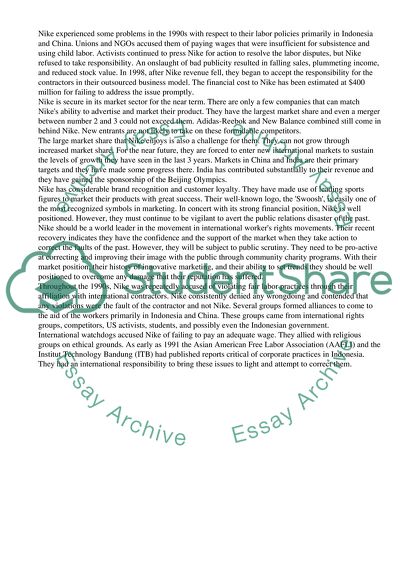Cite this document
(“Nike and International Labor Practices Case Study”, n.d.)
Nike and International Labor Practices Case Study. Retrieved from https://studentshare.org/business/1503781-nike-and-international-labor-practices
Nike and International Labor Practices Case Study. Retrieved from https://studentshare.org/business/1503781-nike-and-international-labor-practices
(Nike and International Labor Practices Case Study)
Nike and International Labor Practices Case Study. https://studentshare.org/business/1503781-nike-and-international-labor-practices.
Nike and International Labor Practices Case Study. https://studentshare.org/business/1503781-nike-and-international-labor-practices.
“Nike and International Labor Practices Case Study”, n.d. https://studentshare.org/business/1503781-nike-and-international-labor-practices.


